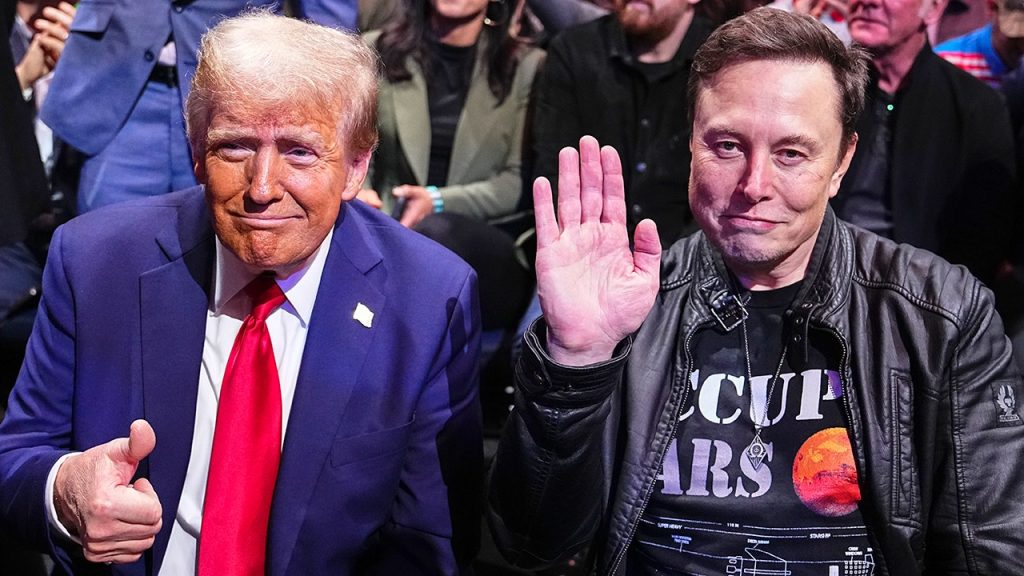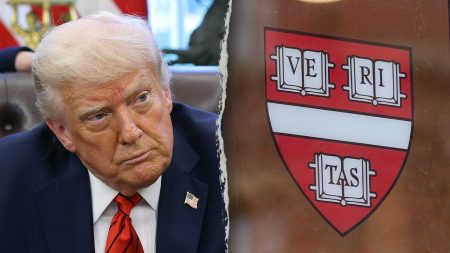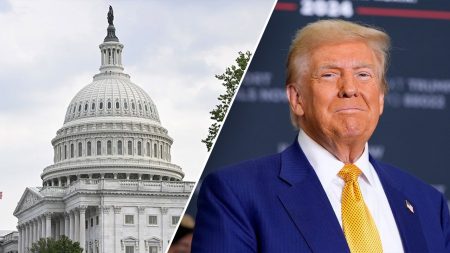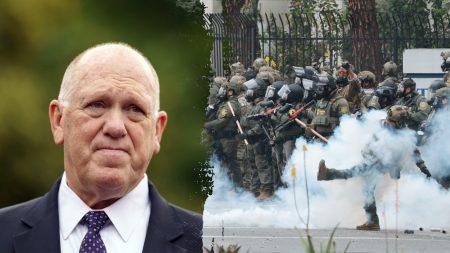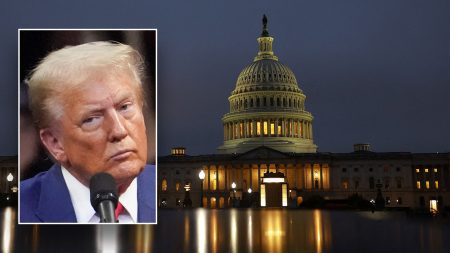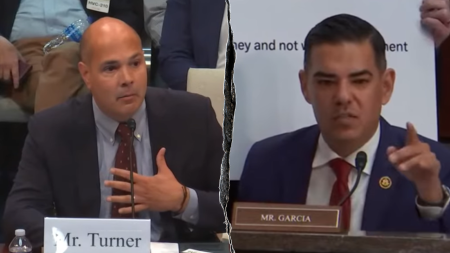Donald Trump’s stance on the H-1B visa program, which allows U.S. companies to hire foreign workers for specialized roles, has been a subject of ongoing debate and seemingly contradictory statements. During his initial presidential campaign in 2016, Trump expressed strong concerns about the program’s potential for abuse, alleging that companies were using it to replace American workers with cheaper foreign labor, particularly from India. He pledged to eliminate this perceived abuse and prioritize American workers. He even cited instances where American employees were allegedly forced to train their foreign replacements, highlighting the perceived injustice to U.S. citizens.
Despite his initial critical stance, Trump’s perspective appeared to shift during his first term. While his administration implemented some reforms aimed at prioritizing higher-wage H-1B applicants and preventing wage undercutting, he also acknowledged the program’s value in attracting skilled workers. This duality continued into his post-presidency period and his current run for re-election. Recent statements indicate a renewed emphasis on the importance of attracting “smart people” and “competent people” to the U.S. He has reiterated his support for the H-1B program, claiming he has “always liked the visas” and acknowledging his own companies’ use of them.
This apparent shift has reignited the debate within the Republican party about the merits and drawbacks of the H-1B visa program. Proponents, including figures like Elon Musk and Vivek Ramaswamy, argue that the program is crucial for attracting top talent to American companies, particularly in the tech industry. Musk, who credits the H-1B program for the success of companies like Tesla and SpaceX, has suggested reforms focusing on significantly increasing minimum salaries for H-1B visa holders and adding an annual cost to discourage the hiring of foreign workers over domestic talent. This approach aims to address concerns about wage suppression while maintaining access to a global talent pool.
On the other hand, critics, such as Senator Eric Schmitt, maintain that the H-1B program remains rife with abuse. They argue that it continues to be used to displace American workers and suppress wages, highlighting the concerns of American workers who feel their jobs are threatened by cheaper foreign labor. This perspective emphasizes the potential negative impact on American workers, particularly those in fields where H-1B visa holders are prevalent. The ongoing debate revolves around finding a balance between attracting skilled workers and protecting American jobs.
The Trump administration’s actions during its first term reflect this complex interplay of viewpoints. While expressing support for the program’s intent, the administration also implemented changes aimed at reducing potential abuse. The proposed rule prioritizing higher-wage applicants aimed to ensure that the program attracted truly skilled workers, while other proposed reforms targeted the definition of “specialty occupation” and the calculation of “prevailing wage” to prevent wage undercutting. These actions suggest an attempt to refine the program rather than abolish it. The Biden administration subsequently abandoned these Trump-era rules, proposing its own set of regulations, further complicating the issue.
Looking ahead to a potential second Trump term, the future of the H-1B visa program remains uncertain. While Trump’s recent statements suggest continued support for the program, his history of seemingly contradictory statements and his administration’s past actions indicate a more nuanced approach. The debate within the Republican party and the ongoing concerns about potential abuse suggest that the H-1B program will likely undergo further scrutiny and potential reform, regardless of the outcome of the upcoming election. Finding a balance that satisfies both the need for skilled workers and the protection of American jobs will remain a central challenge.




